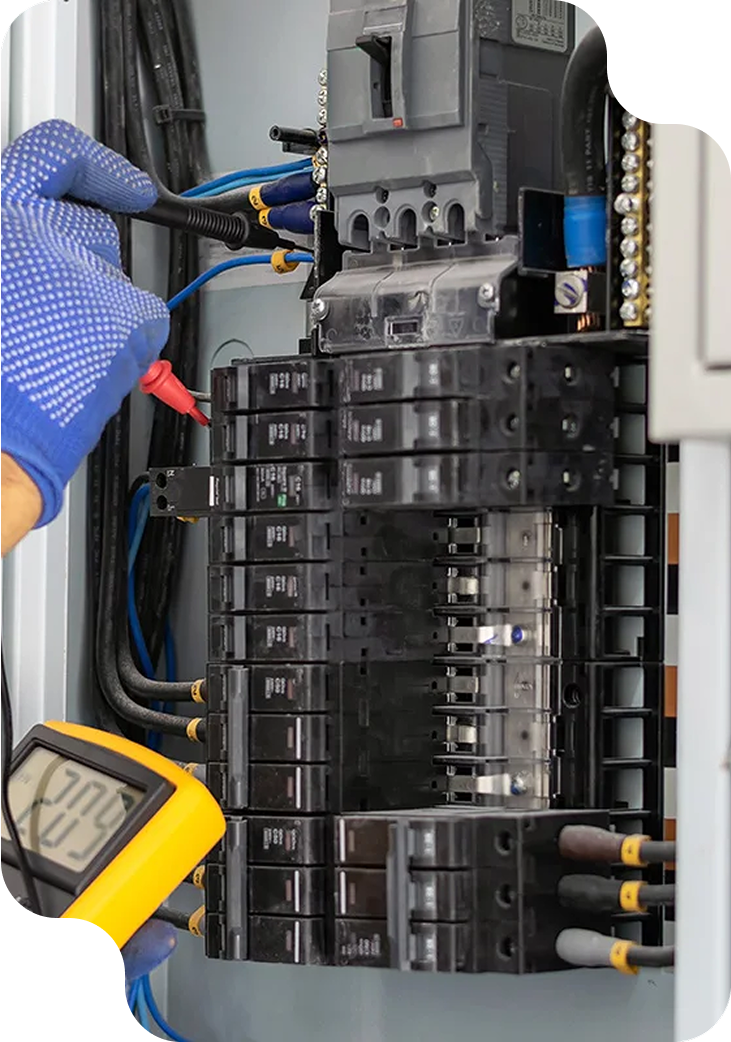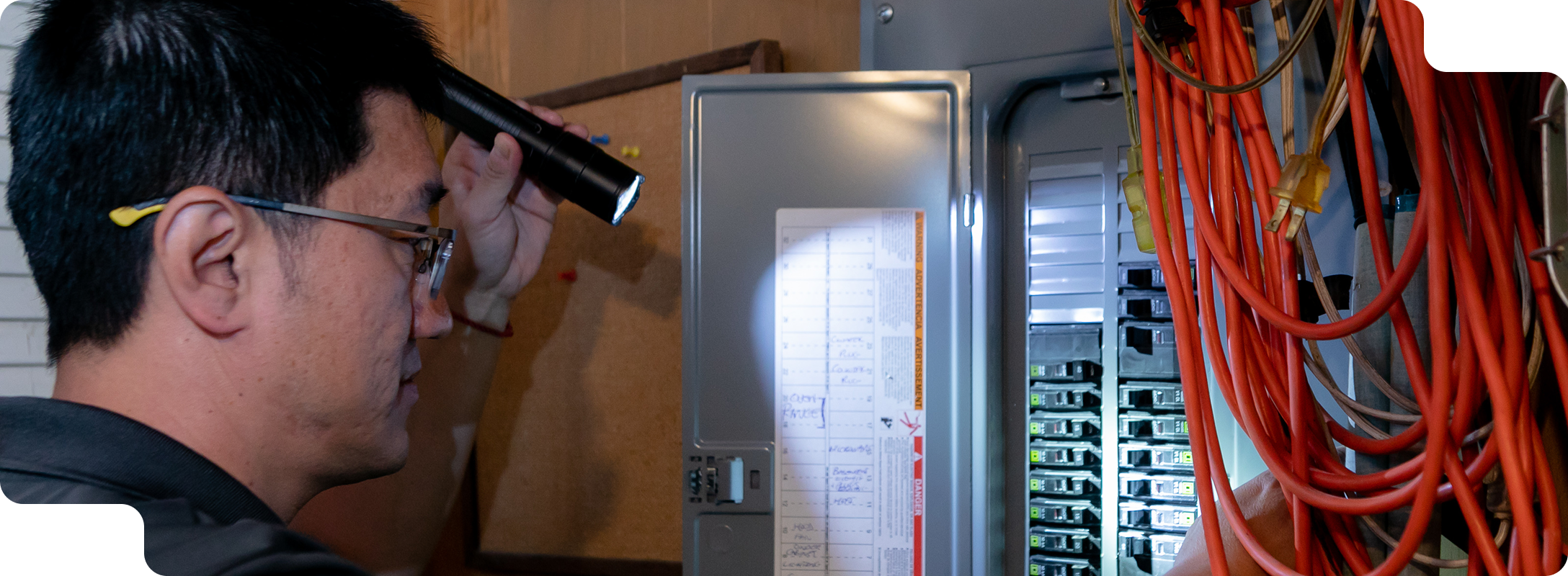Electrical System Inspection

Inspecting the Electrical System
Safety First. Power You Can Trust.
Your home’s electrical system is a core part of daily life — from lighting and heating to appliances and devices.
What isn’t immediately visible or noticeable can still pose serious safety risks. That’s why a professional electrical system inspection is a key part of every Mose Home Inspection.
This page explains how Mose Home Inspection evaluates the electrical system of the property. While we use the term “home,” the same standards apply to condominiums and other residential properties. Our inspections are conducted according to APCHQ Standard of Practice to ensure every step is done safely, thoroughly, and professionally.
Why Your Electrical System
Inspection Matters

How We Conduct an Electrical
System Inspection
Mose inspectors follow a non-invasive inspection method, meaning we don’t open walls or dismantle components — but we gather meaningful insight by examining the accessible systems inside and out.
Our inspection includes
identifying:

What We Inspect in Your Electrical System
Following the APCHQ Standard of Practice, here’s what we evaluate:
- The service drop (where electricity enters the home)
- Overhead conductors and connection points
- Service head, gooseneck, and drip loops
- Electric meter and base
- Service-entrance conductors
- Main service disconnect
- Panelboards and over-current protection (breakers and fuses)
- Service grounding and bonding
- A sample of light switches, fixtures, and wall outlets (receptacles)
- All ground-fault circuit interrupter receptacles and circuit breakers observed and deemed to be GFCIs using a GFCI tester (where possible)
- AFCI-protected receptacles (where accessible)
- Smoke and carbon monoxide detectors — presence, condition, and manufacturing date
Additional Areas
We Check




